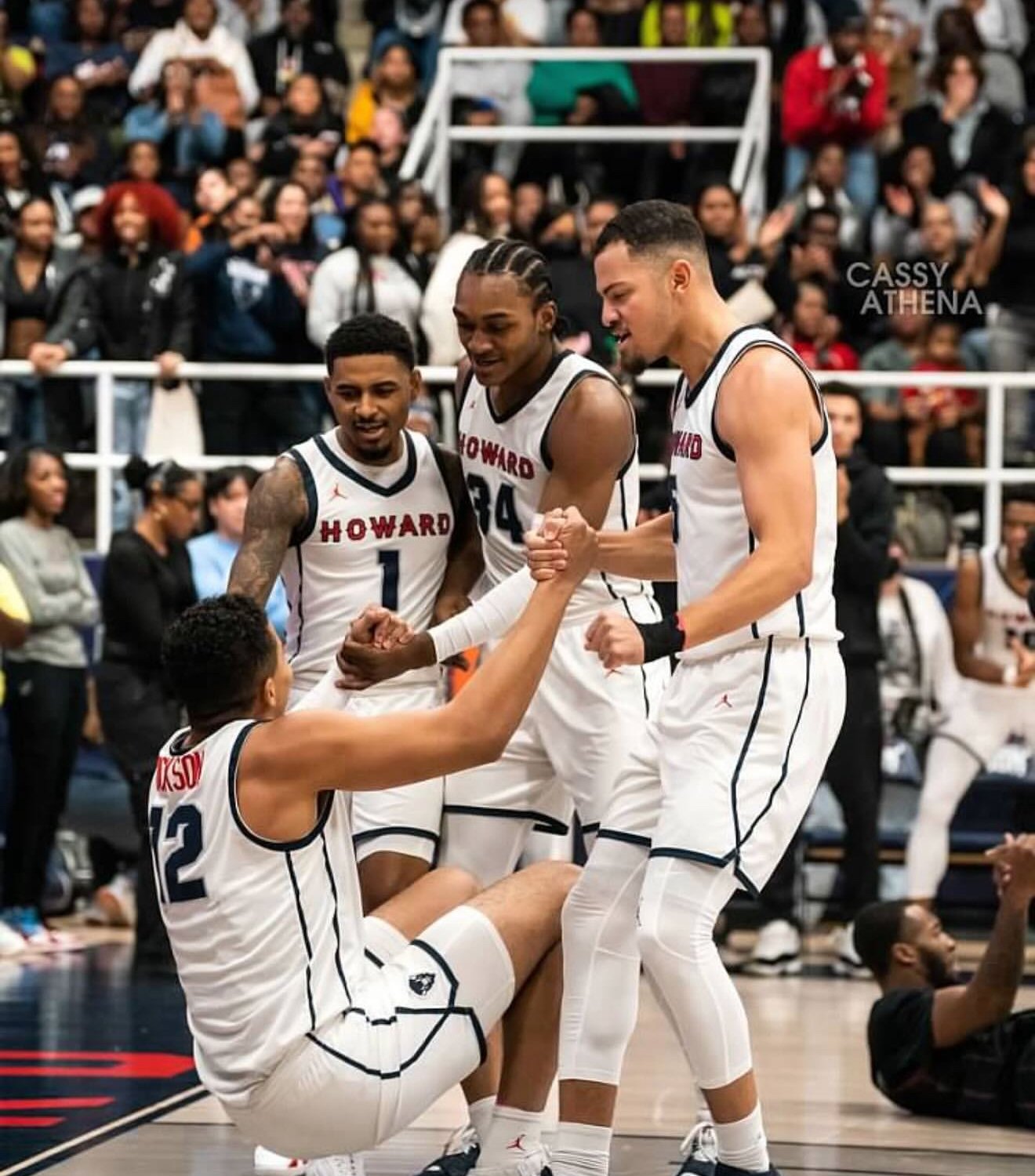Good morning, and thanks for your continued support of Extra Points.
I have good news and bad news, friends. The bad news is that right now, we’re still having some problems fixing the permissions for some of our paid subscribers, as we try to juggle integration data between Ghost, Beehiiv and Stripe. I am told this fix should be deployed by the end of the day on Wednesday, but hey, you never know.
So the good news is, we’re going to just make all the newsletters free this week! For our free readers, I hope this gives you a little taste of what our premium subscription is like…once it’s properly working and everything, which I pray will be soon.
Conference realignment decisions often start at the very top, in the P5 leagues. Texas and Oklahoma moving to the SEC, after all, helped set off a chain reaction that impacted league membership in the AAC, Conference USA, WAC, Southland, and beyond. Whatever eventually happens with the Pac-12’s membership and future media deal this year, there’s a good chance it will lead to new membership conversations in the Mountain West, and potentially beyond.
But leagues don’t just expand or contract just because of what a larger conference decided. Mid-major leagues reevaluate membership changes for their own reasons. Maybe they want to break into new markets to assist in student and athlete recruitment. Maybe they want to cut down on travel, or build more attractive rivalry games, or enhance their championship access, or any number of other reasons.
Take the Ohio Valley Conference, for example
The OVC’s membership has changed significantly over the last few years. Five different schools have left since 2021, including some of the league’s flagship programs, like Belmont basketball. It was reasonable to wonder if the OVC would even survive as a conference, given the league’s inability to immediately restock with existing D-I institutions.
But in 2023, things are looking up a bit. The OVC stabilized its FCS football membership problems, at least in the short-term, with a strategic alliance with the Big South Conference. Last year, the OVC also added Arkansas-Little Rock as a full member, along with Southern Indiana and Lindenwood from D-II.
Industry sources have regularly told me that the OVC wants to eventually expand beyond ten institutions, and initially targeted other institutions in the Midwest, like Grand Valley State, and the University of Indianapolis.
While not completely ruling out additional expansion in the Midwest if the right opportunity presents itself, I am now hearing from industry folks that the OVC’s focus is now shifting toward Southern expansion.
Specifically, I am told that there is mutual interest in D-II University of West Georgia potentially joining the OVC.
The Wolves would address a few potential needs for the OVC. UWG’s main campus, in Carrollton, Georgia, is only about an hour away from former OVC member Jacksonville State. The OVC has never had a full member in Georgia before, but it did previously have schools in Alabama. Moving into Georgia gives OVC coaches and staffers an excuse to visit talent (and student) rich parts of the country, without extending too far out of bus range.
West Georgia also sponsors football, helping to bolster the OVC/Big South partnership, giving them a membership buffer in case one of the geographic outlier institutions (like Bryant) decides on other league affiliations in the future. UWG’s enrollment (over 10,000 undergraduates and growing) and institutional profile also broadly fits many of the other schools currently in the OVC.
UWG currently sponsors 13 varsity sports and currently plays in D-II’s Gulf South Conference. Their football program has been a regular D-II playoff participant over the last decade.
This isn’t a done deal by any means. Reclassifying is a major institutional investment, and that process is longer for public schools that need to bring regents and other stakeholders into the conversation. UWG could decide to stay in D-II. It’s also possible that other conferences could try to convince UWG to join their league instead. I’m told that the ASUN, for example, has also expressed interest, but the ASUN’s current FBS partnership plan with the WAC could be a complicating factor for UWG.
For what it’s worth, I am told that UWG’s two most prominent football-playing peers in the Gulf South Conference, West Florida and Valdosta State, are not considered major reclassification candidates in the short term.
There are other D-II schools in the Northeast, and elsewhere, that could potentially decide to move to D-I this year, even with all the cost uncertainty in a post-Transformation Committee, pre-Johnson world. But keep a close eye on UWG over the next few weeks.
What about Missouri State?
Recently, a few readers flagged the agenda at a recent Missouri State Board of Governors meeting to me, thinking it had potential realignment interest. The agenda, from February 17, called for Missouri State athletic director Kyle Moats to give a presentation titled “Missouri State Intercollegiate Athletics Programs and Division I NCAA Requirements”. The full agenda can be found here.
I’ve previously reported that Missouri State is a potential target for FBS leagues, particularly the Sun Belt, should that league decide that expansion is a way for the league to bolster its championship access in non-football sports. Missouri State does have a very competitive athletic program across the board, after all.
So was this meeting about potentially moving to FBS? Via text message, Moats told me that isn’t the case.
“It had nothing to do with FBS. The Board wanted an Athletics 101 report. NCAA requirements were an explanation of the new requirements by the Transformational Committee. The meeting was open to the public, and it was very basic information to inform our Board members.”, Moats told me.
For what it’s worth, I believe him! If there is a secret reclassification in the works, that would also be news to a few other school leaders I asked over the last few days.
Like several other FCS schools I’m aware of, I imagine Missouri State wants to put itself in a position to be the best athletic department it can be right now, from facility projects to internal infrastructure. If that leads to an FBS opportunity at a future date, that’s one thing, but that’s also outside Missouri State’s hands.
Could Missouri State end up in a different league at some point in the near future? Sure, that’s entirely possible. But based on this agenda meeting and recent conversations, I do not believe that is imminent right now.
If I hear of anything else that I feel is well-sourced enough to share, I promise to do so in this newsletter.
This edition of Extra Points is brought to you in part by ClickUp:

One tool does it all—ClickUp offers all the features you need in one platform: Tasks, Docs, Whiteboards, Dashboards, Goals… and more! Switch today to explore our 100% customizable features!
Extra Points earns a small commission for each click on that link:
This edition of Extra Points is also brought to you by Smartr:
The Essential Newsletter For Curious Minds. Sourcing the smartest articles on the Web - Thought provoking ideas and insights delivered straight to your inbox daily!

If you have ideas for future Extra Points newsletters or #tips you want to share, our new tips line is [email protected]. To sponsor a future Extra Points newsletter, please email [email protected]. I'm also @MattBrownEP on Twitter, and @ExtraPointsMB on Instagram.



















